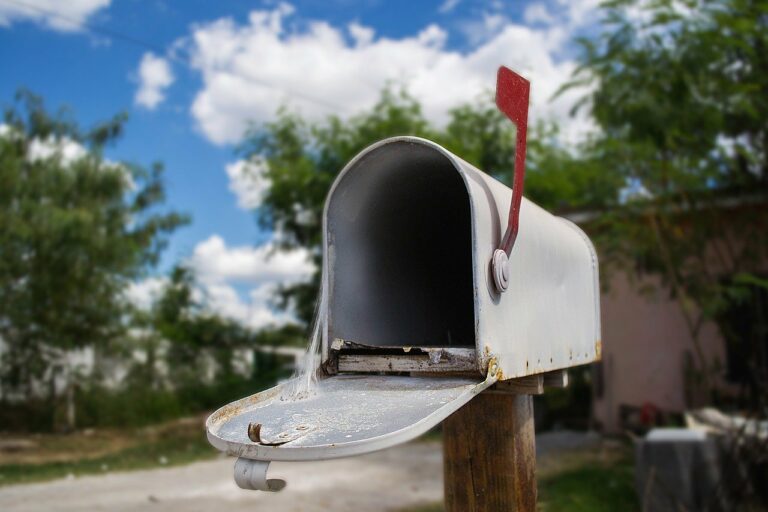Childproofing Garage Ventilation: Carbon Monoxide Detector Positioning: All panel.com, Cricket 99 betting app, Lotus365 login
all panel.com, cricket 99 betting app, lotus365 login: Childproofing Garage Ventilation: Carbon Monoxide Detector Positioning
Garages are often a space in our homes that are used for more than just parking cars; they can also house tools, equipment, and storage items. However, garages can be a hazardous area for children if not properly childproofed, especially when it comes to ventilation and the risk of carbon monoxide poisoning. In this blog post, we will discuss the importance of carbon monoxide detectors in garages and how to properly position them to ensure the safety of your family.
The Importance of Carbon Monoxide Detectors in Garages
Carbon monoxide is a colorless, odorless gas that is produced by burning fuel such as gasoline, wood, or natural gas. It can be deadly if inhaled in high concentrations, leading to symptoms such as headaches, dizziness, nausea, and even death. Garages are a common area where carbon monoxide can build up, especially if there are vehicles running or fuel-burning appliances in use.
Installing a carbon monoxide detector in your garage is essential to protect your family from this silent killer. These detectors can alert you to dangerous levels of carbon monoxide in the air, allowing you to evacuate the area and seek help if necessary. It is crucial to position these detectors correctly to ensure they can effectively detect any potential carbon monoxide leaks.
Positioning Carbon Monoxide Detectors in Garages
1. Near Vehicles: Place a carbon monoxide detector near any vehicles in your garage, especially if they are running. This will help detect any exhaust fumes that could seep into the air.
2. Away from Obstructions: Make sure to position the detector away from any obstructions such as shelves, cabinets, or clutter that could block airflow and prevent proper detection of carbon monoxide.
3. Near Fuel-Burning Appliances: If you have fuel-burning appliances in your garage, such as a furnace or water heater, place a detector nearby to ensure the detection of any carbon monoxide emissions.
4. at Eye Level: Mount the detector at eye level to ensure it can effectively detect carbon monoxide levels in the air. This will also make it easier to read and respond to any alerts.
5. Away from Windows and Doors: Avoid placing the detector near windows or doors, as drafts can affect its accuracy. Position it in a central location in the garage for optimal coverage.
6. Regular Maintenance: Ensure to test your carbon monoxide detector regularly and replace the batteries as needed to ensure it is functioning correctly at all times.
By following these positioning guidelines, you can help protect your family from the dangers of carbon monoxide poisoning in your garage. Remember, the health and safety of your loved ones should always be a top priority, so take the necessary steps to childproof your garage and ensure proper ventilation.
FAQs
1. Where can I purchase a carbon monoxide detector for my garage?
Carbon monoxide detectors are available at most hardware stores, home improvement centers, and online retailers. Look for a detector that is specifically designed for use in garages or other areas with potential carbon monoxide exposure.
2. How often should I test my carbon monoxide detector?
It is recommended to test your carbon monoxide detector monthly to ensure it is functioning correctly. You should also replace the batteries at least once a year or as recommended by the manufacturer.
3. What should I do if my carbon monoxide detector goes off?
If your carbon monoxide detector goes off, evacuate the area immediately and call your local fire department for assistance. Do not re-enter the area until it has been cleared of any carbon monoxide and is safe to occupy.
Childproofing your garage ventilation with proper carbon monoxide detector positioning is a simple yet critical step in ensuring the safety of your family. Take the time to assess your garage setup and make any necessary adjustments to protect against the dangers of carbon monoxide poisoning. Your vigilance and proactive measures can go a long way in keeping your loved ones out of harm’s way.







